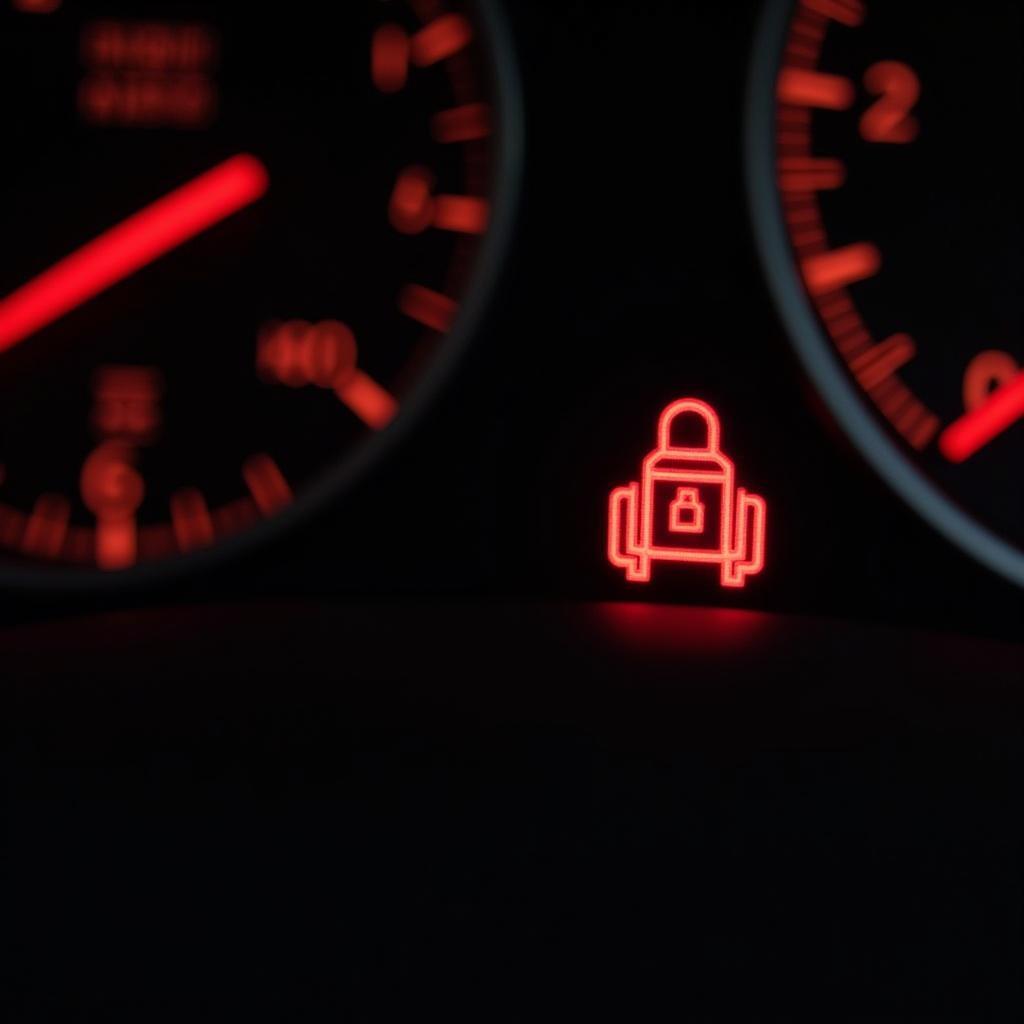You just replaced your brake pads, feeling good about your car maintenance, and BAM! That pesky brake warning light pops up on your dashboard. It’s frustrating, right? Don’t worry, you’re not alone. This situation is more common than you think, even for those who are handy under the hood. Let’s dive into why this happens and how you can get back on the road with confidence.
Common Culprits Behind the Warning Light
While new brake pads usually silence the warning, several things might be triggering that light despite your recent replacement:
-
Worn Brake Pad Sensor: Many modern cars use wear sensors embedded in the brake pad material. Over time these sensors can get damaged or wear down unevenly. Installing new pads won’t fix a faulty sensor, and it will need to be replaced.
-
Incorrect Pad Installation: Believe it or not, brake pads can be installed incorrectly. If the pads aren’t seated properly in the caliper or if the brake caliper piston wasn’t fully retracted during installation, it can trigger the warning light.
-
Low Brake Fluid: Brake fluid is the lifeblood of your braking system. If the fluid level is low, it could be triggering the warning light. This could be due to a leak in the system, or it might be time for a brake fluid flush.
-
Faulty Brake Light Switch: Sometimes the issue isn’t with your brakes at all! A faulty brake light switch can cause your brake lights to malfunction and trigger the brake warning light on your dashboard.
-
Electrical Gremlins: Electrical issues, such as a short circuit or a faulty sensor connection, can cause all sorts of warning lights to illuminate, including the brake warning light.
Troubleshooting Your Brake Warning Light
Before you run to the mechanic, here are some troubleshooting steps you can take:
1. Check Your Brake Fluid: Locate your brake fluid reservoir (refer to your owner’s manual) and check the fluid level. If it’s low, add the correct type of brake fluid for your car. However, be cautious; consistently low brake fluid often indicates a leak, which needs immediate professional attention.
2. Inspect Your New Brake Pads: Jack up your car and secure it on jack stands. Remove the wheel where you replaced the brake pads and inspect the pads. Make sure they are seated correctly in the caliper and that there’s no visible damage. Also, check the brake pad wear sensor; if it’s broken or severely worn, it needs replacement.
3. Check Your Brake Lights: Have a friend or family member press the brake pedal while you stand behind your car. Ensure all brake lights (including the center high-mounted brake light) illuminate. If not, you likely have a faulty brake light switch or bulb.
“Always prioritize safety when working on your car’s braking system,” advises veteran mechanic John Miller. “If you’re uncomfortable with any of these steps or suspect a more serious issue, it’s crucial to have your car inspected by a qualified mechanic.”
When to Seek Professional Help
If you’ve gone through the basic troubleshooting steps and you’re still seeing the brake warning light, it’s time to bring your car to a trusted mechanic.
Here are a few scenarios where professional help is necessary:
- You suspect a brake fluid leak: Brake fluid is corrosive and can damage your car’s paint. A leak also significantly impacts your braking performance.
- Your brake pedal feels spongy or goes to the floor: This indicates a loss of brake pressure and requires immediate attention.
- You hear unusual noises when braking: Grinding, squealing, or scraping sounds could mean your brakes are severely worn or there’s a problem with the calipers.
- Your car pulls to one side when braking: This might indicate uneven brake pad wear, a stuck caliper, or a problem with the hydraulic system.
Prevention is Key
Regular brake maintenance can help prevent many of these issues. Make it a habit to:
- Check your brake fluid level regularly.
- Inspect your brake pads for wear during oil changes.
- Have your brake fluid flushed every 2-3 years (or as recommended by your car manufacturer).
By addressing brake issues promptly and following a regular maintenance schedule, you can keep your car running smoothly and, most importantly, safely. Remember, a well-maintained car is a safe car.
FAQs
Q: Can I drive my car with the brake warning light on?
A: It depends. If the light is on due to worn brake pads, you might have some time, but it’s crucial to get them replaced ASAP. However, if the pedal feels spongy or goes to the floor, or you hear unusual noises, stop driving and seek immediate help.
Q: How long do new brake pads last?
A: Brake pad lifespan varies greatly depending on driving habits, vehicle type, and pad quality. Generally, they last between 30,000 to 70,000 miles.
Q: Does a brake fluid flush also include bleeding the brakes?
A: Yes, a proper brake fluid flush involves bleeding the brakes to remove any air bubbles in the system.
Q: What is the difference between a brake warning light and an ABS light?
A: The brake warning light indicates an issue with the general braking system, while the ABS light specifically signals a problem with the Anti-lock Braking System.
Q: Are expensive brake pads always better?
A: Not necessarily. More expensive pads might offer better performance or longevity, but choosing pads that suit your driving style and vehicle type is important.
Remember, your car’s braking system is critical for your safety and the safety of others on the road. Don’t ignore warning signs; address them promptly to ensure safe and enjoyable driving.

